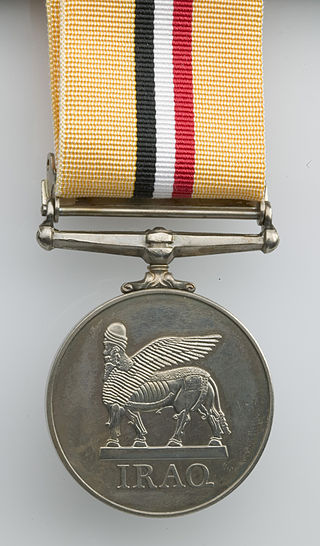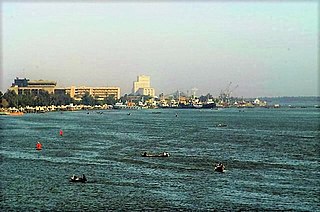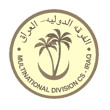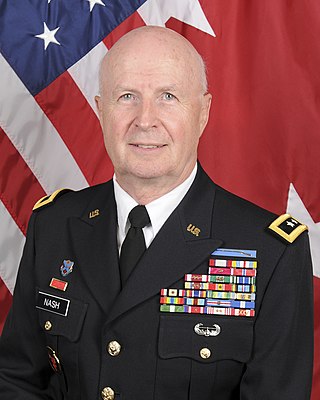History
Dancon's units were subordinate to Multi-National Division (South East) ("MND (SE)"), which is responsible for the southern provinces of Al Basrah, Maysan, Dhi Qar and Al Muthanna in Iraq. MND (SE) is a British-run division containing units from several other European nations.
Dancon arrived in Kuwait on 2 June 2003, and reached its Area of Responsibility (AOR) in Iraq on 6 June 2003. After an initial setup phase, Dancon/Irak took official charge of its AOR on 12 June 2003 during a ceremonial reception in CIMIC-house, Al-Qurna, from the British Joint NBC Regiment.
The formation was initially 380 personnel, and 42 more were added in July/August 2003. By February 2005, the contingent consisted of approximately 545 soldiers. Danish troops were rotated every six months, and each contingent had a slightly different composition of units and men. By March 2007, its size had fallen to about 460.
A 53-man Lithuanian unit, designated LITCON, had been attached to Dancon since June 2003. They were withdrawn along with the Danes by August 2007. Additionally, Denmark temporarily deployed around 35 soldiers as guards for the United Nations presence in Baghdad, and as of 2005, had sent ten instructors and seven guards to serve under the NATO Training Mission in Iraq.
The 601st Iraqi National Guard Battalion was briefly under Dancon command, as was a detachment of about 130 British troops in February 2004, due to the expansion of their AOR.
The majority of the Danish troops deployed to Iraq withdrew at the end of July 2007 and were replaced by a 55-member contingent, known as HELDAT (under the command of Lieutenant Colonel Jannik Skov), whose task was to operate a unit of four helicopters in support of British and Iraqi forces. [3]
Composition of Dancon/Irak

Each contingent of Dancon consisted of the following units:
- A Staff & Logistics Company
- A Mechanized Infantry Company
- A Light Recon Company
- A Military Police Detachment
- A Medical Platoon
- NSE Unit (National Support Element)
- STOF MND (SC) (Liaison Personnel)
- STOF MND (SE) (Liaison Personnel)
Also attached in the invasion phase:
- Jægerkorps detachment (Special Forces) (briefly attached again in April 2007 [4] )
- Engineer detachment (briefly attached again in late 2004)
Camps and Locations
Camp Eden
Camp Eden was located about 9 km north west of Al-Qurnah, near Glory Canal. The camp was built in June/July 2003 by the then attached Engineer Company. Covering around 500.000 m2, it was built on top of one of Saddam Hussein's military installations, previously destroyed. The camp was nicknamed "Ørken Fortet" (Desert Fortress) by the locals. Its radio-communications code name was "Amsterdam". Camp Eden was disassembled in August–September 2004 when Dancon's AOR doubled in size due to an expansion further South. Dancon moved to Camp Danevang, located inside Shaiba Logistics Base.
Cimic-House
Cimic-House, located in Al-Qurnah, is a former Ba'ath Party building. It was the site of the Danish Civil-Military Co-operation (CIMIC) from June 2003 to May 2004 when it was handed over to the Iraqis.
Camp Yggdrasil
Camp Yggdrasil was located on Shaiba Logistics Base, about 15 km west of Basra. It was built during June/July 2003. The home of the National Support Element (NSE), the camp was later incorporated into the newly built Camp Danevang. Yggdrasil, from which the camp was named, is a mythological tree between heaven and hell in Norse mythology.
Camp Danevang
Camp Danevang, located on the Shaiba Logistics Base, was officially handed over by the construction company on 18 October 2004. However, it had already been in use since September of that year, following the closure of Camp Eden.
The units responsible for the construction of the camp were the Army Operational Command (Hærens Operative Kommando) and the Defence Construction Service (Forsvarets Bygningstjeneste). The foundations of the camp were built by Danish Camp Supply A/S and Iraqi Basra Engineering. The construction of the actual camp and all the associated requirements, including the transportation of all equipment from Camp Eden, was done by Dancon itself with help from an attached Engineer Detachment and the Danish International Logistical Center.
It was decided in June 2004 to reposition Dancon to this location following the doubling of Dancon's AOR (now about 20,000 km2, nearly extending all the way down to Kuwait), thus allowing Dancon to be more centralized in its AOR. Camp Danevang was handed over to the Iraqis in March 2007.
Camp Einherjer
In January 2007 Dancon relocated to Camp Einherjer, located on the British Basra Air Station, west of Basra. The camp was built between November 2006 and January 2007. With the withdrawal of both Dancon and its smaller successor HELDAT from Southern Iraq, the fate of camp Einherher is unclear (presumably, it has been transferred to Iraqi forces).














